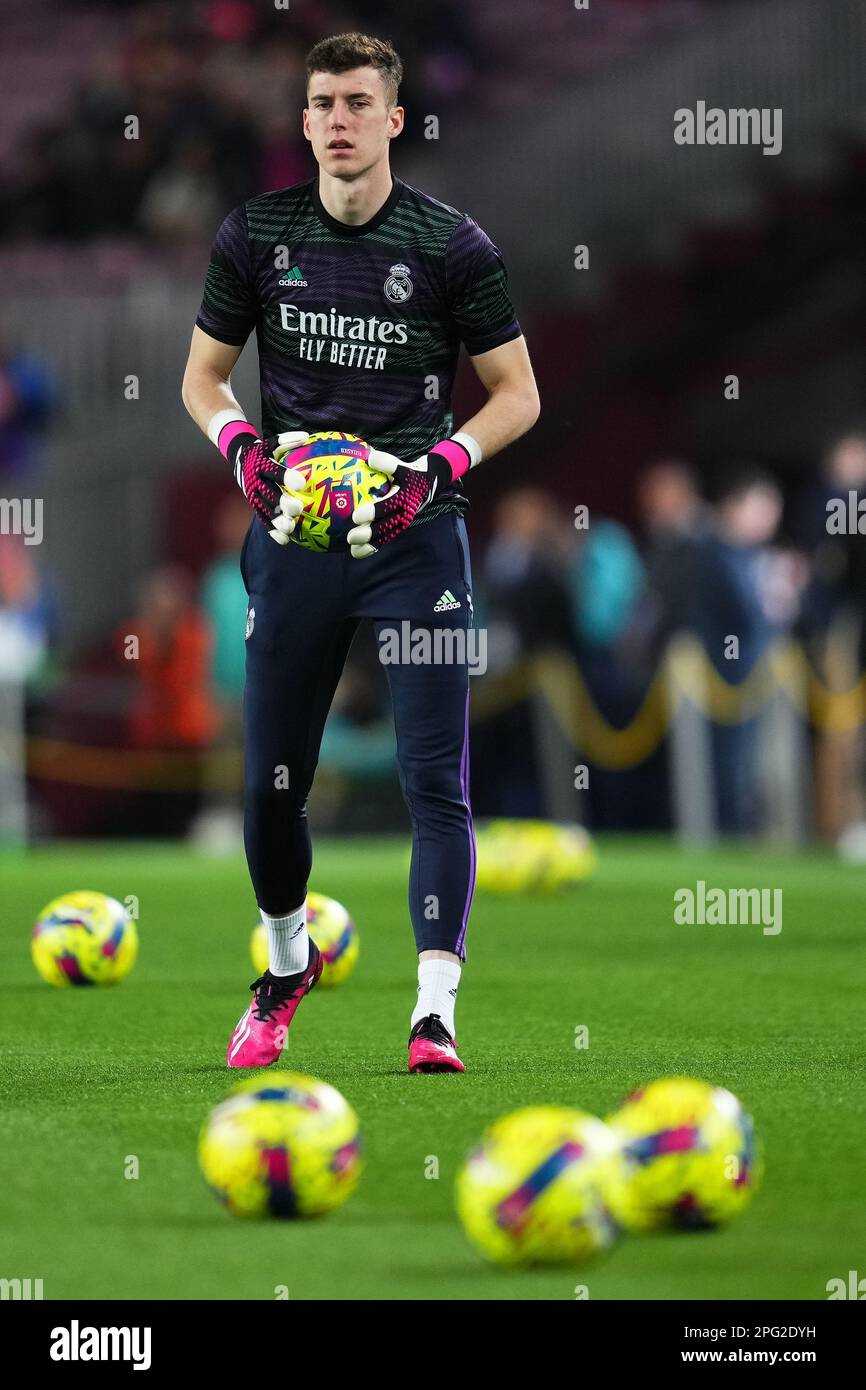In the world of professional football, every detail can impact a player’s performance on the field. One aspect that often goes unnoticed is the impact of footwear dimensions on a player’s game. Understanding how different measurements influence comfort and agility can offer valuable insights into the player’s experience and adaptability during matches.
When delving into the specifics of athletic gear, it is intriguing to consider how the dimensions of the footwear used by prominent athletes are tailored to meet their individual needs. These measurements are not merely about fit but also about enhancing performance and minimizing the risk of injuries. By examining these details, one can gain a deeper appreciation of how equipment contributes to success in the sport.
Football Footwear Dimensions
When it comes to the world of professional sports, the dimensions of a player’s footwear play a crucial role in performance. The right fit can enhance comfort, control, and agility on the field. In football, players often have specific preferences for their footwear, reflecting their personal needs and playing style.
For a renowned footballer, selecting the appropriate footwear is essential for optimal play. The dimensions of their footwear are tailored to ensure peak performance during matches. Such specifications are typically influenced by a combination of personal comfort and the technical demands of the game.
Key Details About His Footwear

Understanding the specifics of a player’s footwear can reveal much about their performance on the field. This includes how the choice of equipment impacts their agility, comfort, and overall game. Details such as the type of cleats worn, their fitting, and design features play a crucial role in enhancing the athlete’s capabilities and adaptation to various playing conditions.
Impact of Footwear Dimensions on Performance
The dimensions of athletic footwear can significantly influence an athlete’s performance on the field. The balance between comfort, control, and agility can be affected by the fit and design of the footwear. Understanding how these factors interplay is crucial for optimizing athletic capabilities and enhancing overall efficiency during gameplay.
Athletes with well-fitted footwear often experience improved stability and traction, which can lead to better maneuverability and reduced risk of injuries. Conversely, improper dimensions can hinder performance, causing discomfort and affecting an athlete’s ability to execute movements effectively.
Ultimately, the impact of footwear dimensions on performance highlights the importance of selecting the right equipment tailored to individual needs. Properly adjusted footwear can provide a competitive edge by enhancing comfort and functionality on the field.
Comparing Foot Dimensions to Other Players
Examining the dimensions of a player’s footwear in relation to their peers can provide insights into various aspects of their athletic performance. Such comparisons reveal not only the diversity among athletes but also how these differences might influence their playing style and effectiveness on the field.
To understand these variations, consider the following aspects:
- General Trends: Compare average foot measurements across different leagues and positions to see if there is a noticeable pattern or preference among players.
- Performance Impacts: Explore how foot dimensions might affect agility, speed, or stability during gameplay.
- Notable Examples: Look at specific instances where unique foot dimensions have played a role in shaping a player’s career or style.




